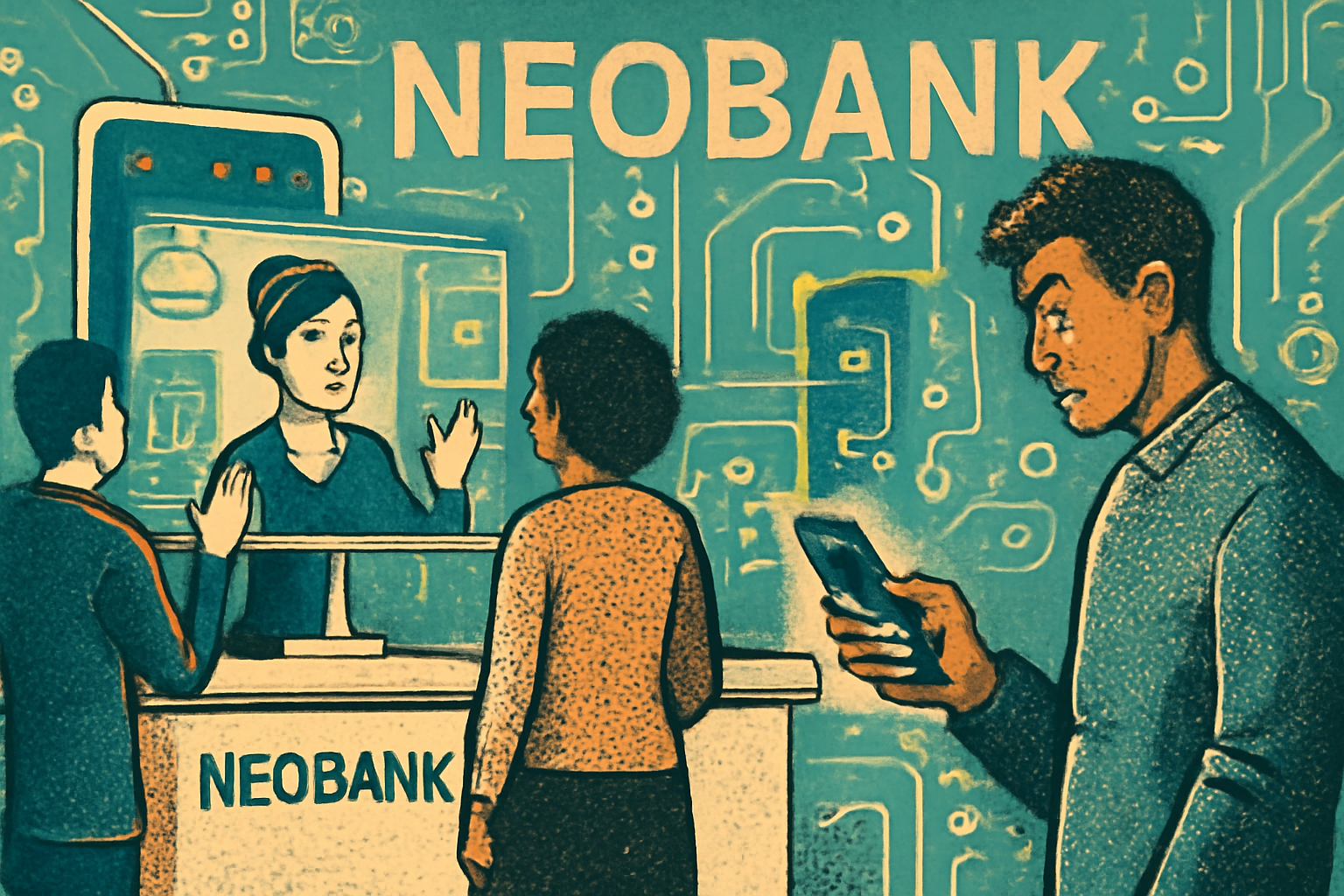
Neobanks are transforming customer service in banking through technological integration, responsiveness, and personalized user experiences. They employ a digital-first approach, minimizing physical infrastructure and overhead costs, thus enabling them to offer competitive rates and innovative services.
24/7 Services: Neobanks provide round-the-clock customer service through in-app chat support, AI-driven chatbots, and comprehensive FAQs. This immediacy and accessibility outperform traditional banks, which often depend on limited branch hours or call center availability.
Seamless User Experience: With an emphasis on user-centric design, neobanks offer intuitive, easy-to-navigate mobile applications tailored to customer preferences. These platforms support a range of services, including instant transactions, budgeting tools, and investment advice, reducing the need for in-person consultations.
Personalization and Data Utilization: Leveraging advanced analytics, neobanks analyze customer data to offer personalized financial advice and services. This includes customized spending reports, savings plans, and notifications tailored to individual financial behaviors and goals.
Integration with Ecosystems: Neobanking platforms often integrate with popular third-party applications like financial management tools and digital wallets. This integration enhances service offerings, allowing users to manage all their financial needs from a single interface.
Transparency and Customer Empowerment: Neobanks maintain transparency in fee structures, account terms, and personal data use, building trust with tech-savvy customers. They also empower customers by offering them control over account settings, card locking, and instant updates on transactions.
Rapid Feedback and Iteration: Customer feedback is quickly integrated into service improvement cycles, allowing neobanks to iterate products rapidly based on user experiences and demands.
By adopting these practices, neobanks set new customer service benchmarks in banking, prioritizing efficiency, personalization, and user control. Their model challenges traditional banks to innovate while empowering consumers with greater financial autonomy and insight.